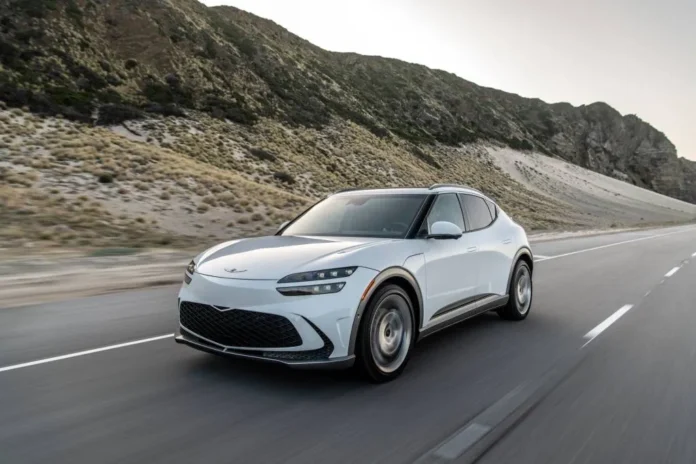Lee Barken, chief community officer at CollectiveSun, a solar financing company that’s done about 200 solar projects for nonprofits in 25 states, agreed that direct pay is opening new opportunities. “We’re seeing parts of the country that previously were not cash-flow positive before that are now lighting up,” he said.
Using direct-pay tax credits isn’t necessarily simple, Barken cautioned. The payments from the IRS come up to a year after the projects are completed and the funds are applied for, which means that financing must be structured to cover that gap. And charitable donations raised for solar projects, which have already earned tax deductions for their donors, must be subtracted from the total cost of the solar project for the purposes of claiming direct-pay credits, he noted.
But if structured properly into solar project financing, direct-pay benefits can help bridge the gaps that many houses of worship face, he said. CollectiveSun raised a $4 million credit facility for houses of worship last year, backed by capital and loan guarantees from nonprofit foundations, to solve “specific needs we were hearing from communities of faith, which have some unique challenges getting things financed,” he said.
Even wealthier congregations may have trouble getting loans because “traditional lenders don’t want to accept churches or synagogues or mosques as collateral,” he said. “If they default on a payment, nobody wants to foreclose on a house of worship.”
On the other hand, “when times get tough … people step up to make sure their church or synagogue or mosque doesn’t go under,” he said.
Churches also often provide refuge to members of their community outside their congregation.
CollectiveSun’s San Diego offices are in the basement of the solar-equipped Christ United Methodist Ministry Center, an interdenominational institution that provides food, clothing, and shelter to more than 100 unhoused people. Together New Orleans, a coalition of faith and community groups, has collected nearly $14 million in public and private-sector funding to build solar and battery microgrids at churches, clinics, and community centers to provide power during hurricanes and floods.
These features make solar and battery investments worth more to their broader communities, Barken proposed. “We view these as community assets rather than as liabilities.”
The community “solar seeding” effect
The proliferation of solar panels on churches, schools, and other community landmarks can also create what’s known as a “seeding effect” for increasing solar installations in the community at large.
A paper published last year analyzed this effect, and the results are “very consistent,” said Eric O’Shaughnessy, a renewable energy research analyst at Clean Kilowatts and an affiliate at Lawrence Berkeley National Laboratory who coauthored the report.
“There’s this whole body of literature that shows that houses of worship have huge influence on their surrounding communities,” he said. If they install solar, “would that not influence the members of those houses of worship to install solar” at their own homes?
This intuition is borne out by data collected from across the country, per O’Shaughnessy’s report. Every nonresidential solar installation in a zip code “will accelerate adoption rates by something like 0.4 adoptions per quarter,” he said, or about 1.2 additional solar systems per year.
That data doesn’t show why the effect happens, he cautioned. “There are all sorts of ways that solar contagion can work. We don’t know how it happens — we just know that it does happen.”
But experiences from the field can fill in some of those gaps, said Tierney Sheehan, RE-volv’s communications manager. In Dayton, Ohio, the solar system installed by Mission of Mary Cooperative, an faith-based urban farm, inspired East End Community Services, a family and youth services center down the street, to go solar, she said.
Cleveland offered her take: “My hunch is that once people are educated on the benefits, then they are more willing to participate in something like this. Until they can actually see the results, they’re skeptical. So many times the community is given information, and it doesn’t follow through and pan out to what was initially given.”
That’s particularly true in disadvantaged communities that have been disproportionately targeted by door-to-door salespeople offering deceptive or outright fraudulent solar deals. “People tend to listen to information that’s given to them by pastors or ministers, because they assume they won’t steer them to someone who will take advantage of them.”
The Brook, for its part, has already seeded at least one other Compton church’s solar plans.
“After witnessing The Brook go solar, reduce electricity costs, and champion sustainability, our congregation was inspired to consider this option for our own building,” Jonathan Seals, associate pastor of Calvary Resurrectional Baptist Church in Compton, said in an email. The 7-kilowatt solar array and 12.5-kilowatt-hour battery system now in the final stages of financing with RE-volv “will allow us to increase ministry and further serve the Compton community.”

Source link by Canary Media
Author Jeff St. John
#Churches #solar #saving #big #climate #law



